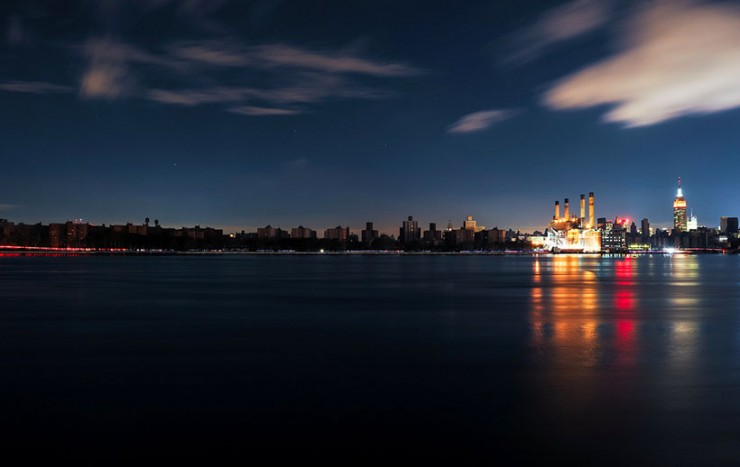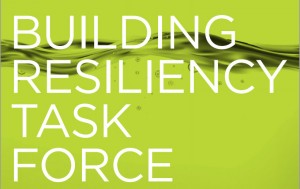

Project Profiles
NYC Building Resiliency Task Force
Chris Garvin
Share
Learn more about our environmental strategy work and services by emailing us at [email protected]. Follow the conversation on twitter: @TerrapinBG.
In the wake of Hurricane Sandy, The Bloomberg Administration asked the Urban Green Council to assemble leaders from the real estate and construction industry to identify the needed changes to the cities regulations and codes to create a more resilient building stock to weather future impacts from Climate Change. Partner Chris Garvin was asked to participate as a member at-large in order to engage multiple committees and identify gaps in the effort.

Building Resiliency Task Force Cover. Copyright Urban Green Council.
The Task Force coordinated with the NYC Special Initiative for Rebuilding and Resiliency, which studied how to improve citywide infrastructure and building resiliency, as well as how to help communities become more resilient. While focused on New York City and its specific environment and building codes, this report may also be useful to other cities that wish to improve their resiliency.
Over the course of 45 meetings, close to 100 proposals were examined by Working Groups and Committees. Throughout the process Terrapin worked closely with Urban Green and other Task Force members to refine proposals. After much deliberation, 33 proposals were officially confirmed. As of May 2014, 16 of these proposals have been signed into law by the City Council and several additional proposals are currently pending a vote.
The Terrapin team worked with many of the Task force members throughout the process and identified a specific gap to focus for the majority of the task force effort. This was to focus on mitigating heat island effect in the city to reduce mortality rates during extreme heat waves. Particular when they occur during brownout or blackouts. The heat island effect exacerbates the warming caused by climate change and increases heat related mortality rates. There is a 13.05% increase in non-accidental causes of mortality for every 10 degrees Fahrenheit increase above the local threshold of 73.54 degree Fahrenheit. Our proposal, number 14 – Use Cool Surfaces to Reduce Summer Heat, built upon the latest research in materials and environmental impacts to propose a far reaching proposal to change the materials that define the urban environment, especially green spaces, in order to reduce temperature escalation in the summer.
*Header image copyright Reeve Jolliffe/Flickr
Filed under:
Chris Garvin
As a partner, Chris is an architect and sustainability leader focused on systemic thinking to address challenges in the built environment. Chris believes we can learn how to live on this planet if we start listening to nature again.
Topics
- Environmental Values
- Speaking
- LEED
- Terrapin Team
- Phoebe
- Community Development
- Greenbuild
- Technology
- Biophilic Design Interactive
- Catie Ryan
- Spanish
- Hebrew
- French
- Portuguese
- Publications
- Occupant Comfort
- Materials Science
- Conference
- Psychoacoustics
- Education
- Workshop
- Mass Timber
- Transit
- Carbon Strategy
- connection with natural materials
- interior design
- inspirational hero
- biophilia
- economics of biophilia
- Sustainability
- wood
- case studies
- Systems Integration
- Biophilic Design
- Commercial
- Net Zero
- Resorts & Hospitality
- Energy Utilization
- Water Management
- Corporations and Institutions
- Institutional
- Ecosystem Science
- Green Guidelines
- Profitability
- Climate Resiliency
- Health & Wellbeing
- Indoor Environmental Quality
- Building Performance
- Bioinspired Innovation
- Biodiversity
- Residential
- Master Planning
- Architects and Designers
- Developers and Building Owners
- Governments and NGOs
- Urban Design
- Product Development
- Original Research
- Manufacturing
- Industrial Ecology
- Resource Management
- Sustainability Plans
- Health Care
- Carbon Neutrality


